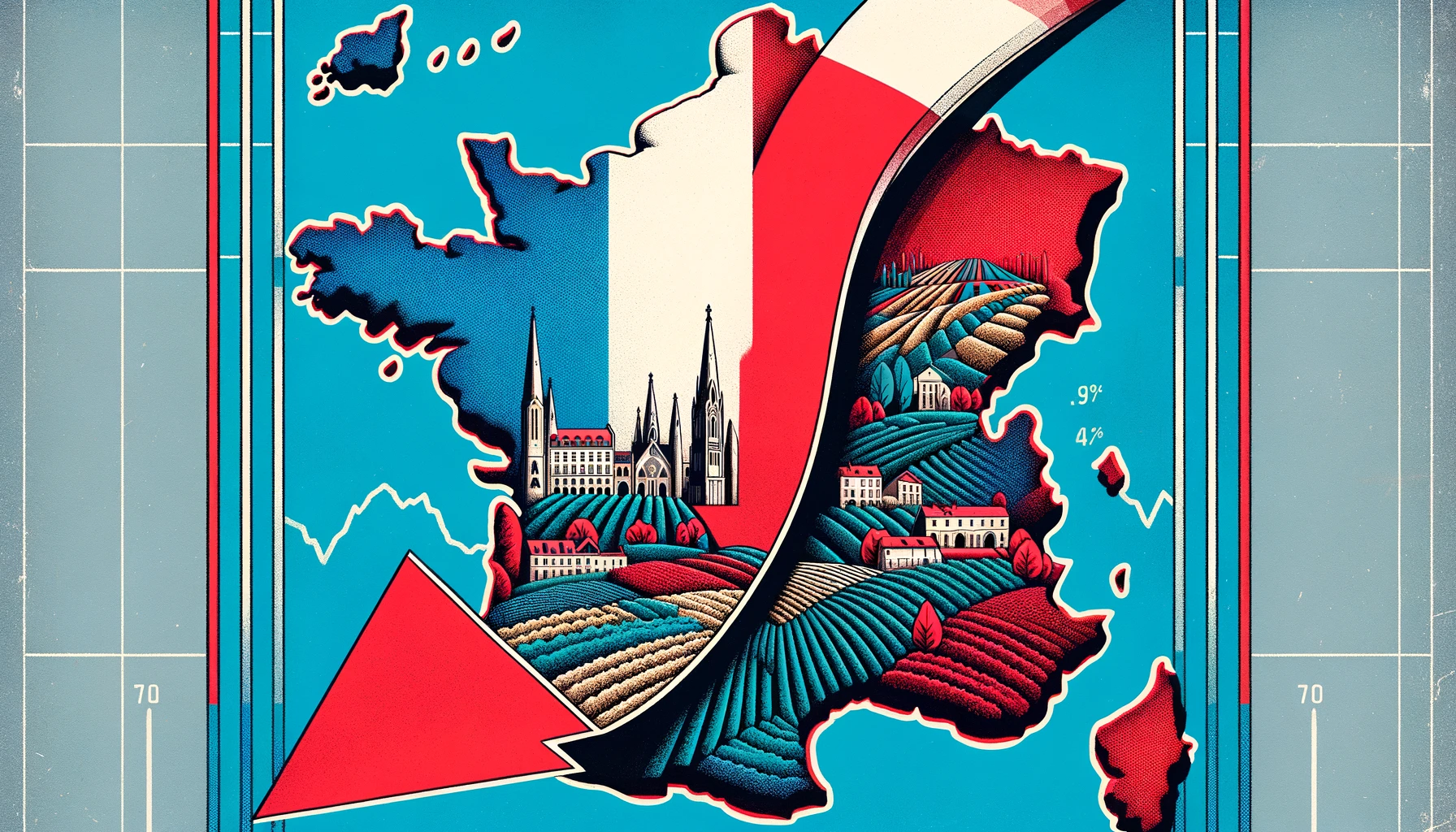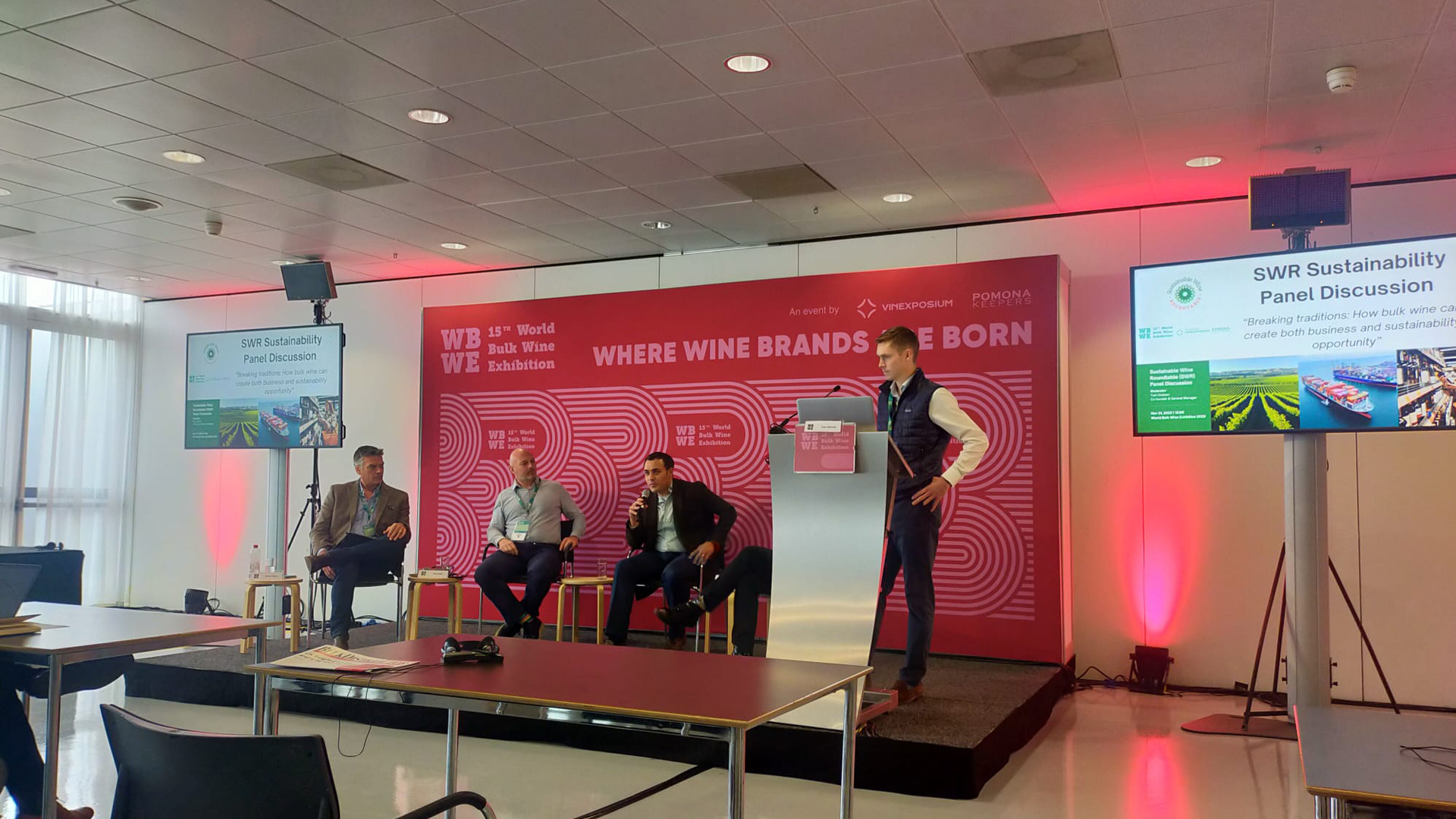In collaboration with Messe Karlsruhe, we are proud to launch ConVINOsation, a new podcast dedicated to tackling the wine industry’s most pressing topics. Hosted by industry expert Peter Douglas, Season 1 dives into key issues shaping the wine world, from the rise of alcohol-free wines to the influence of AI and the latest EU regulations on labeling nutritional and ingredient information and much more!
Each episode of ConVINOsation is available in German on the EUROVINO website, Spotify, and other streaming platforms—an essential listen for anyone in the wine industry!
Listen to ConVINOsation here
Host: Peter Douglas
Producer: Florian Böcking
In cooperation with the EUROVINO/Messe Karlsruhe team.


























